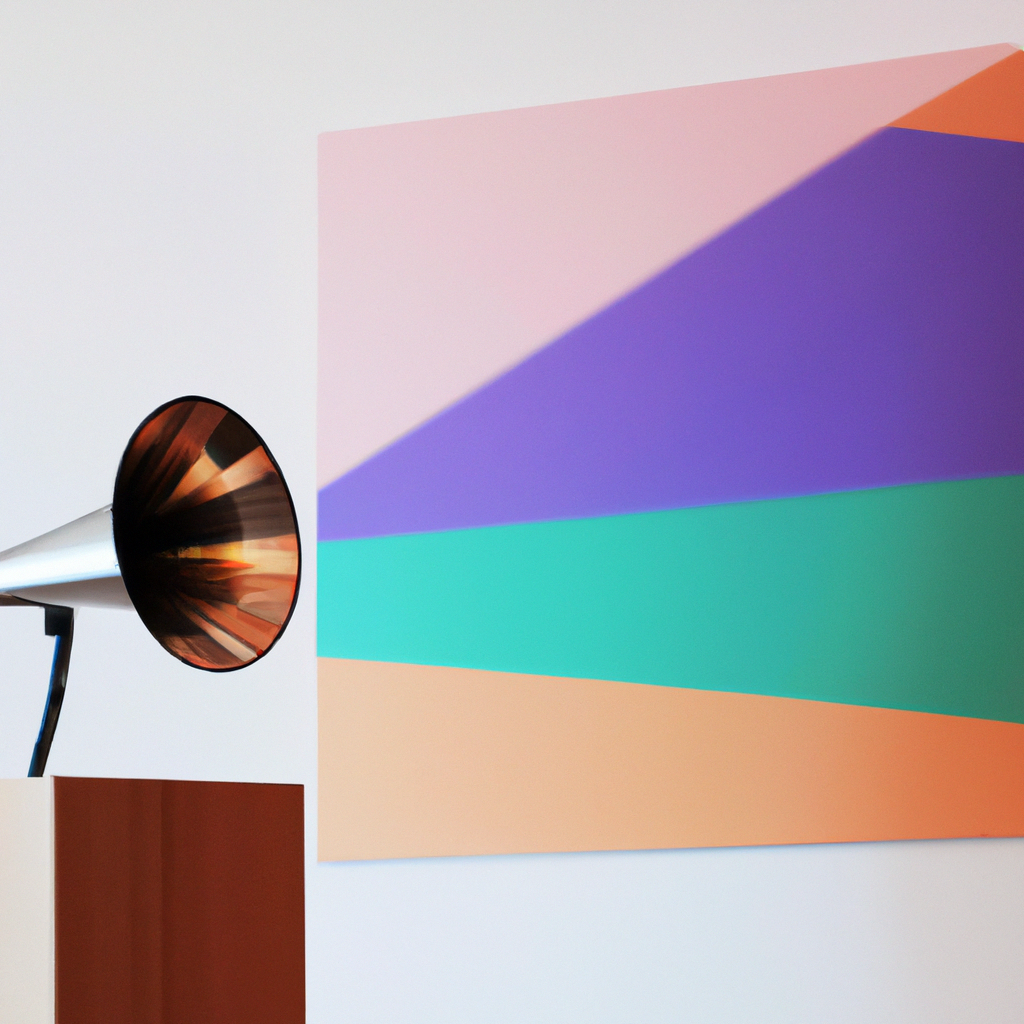
Amidst the labyrinthine alleys and over the quietly lapping canals of Venice, the 60th iteration of the venerable Venice Biennale unfolds under the grand theme of "The Milk of Dreams." Central to this sprawling expanse of cultural discourse is not merely the enchantment of possibilities, but a stark, pulsing vein of reality expressed poignantly through the perspective of queer artists, who bring with them not only their craft, but also their visceral narratives of pain, history, and aspirational hope.
This year's Biennale, running under the curatorship of Cecilia Alemani, probes into the fertile ground of "Foreigners Everywhere" as a thematic cornerpiece, chosen not just for its broad geopolitical implications, but for its piercing relevance to the queer community. The term has been recontextualized; no longer just a spatial outsiderism, but a deeper, more intrinsic sense of being perpetually on the periphery in societal, cultural, and even historical contexts.
The exhibits, ranging from poignant to surreal, navigate these complex dimensions of queer life. One might walk through an installation that mimics a dreamlike, almost halcyonic setting only to be guided gently toward confrontations with stark multimedia presentations recounting episodes of abandonment, societal exclusion, and the painful quest for personal and collective identity. Each artist, in their uniquely honed voices, employs an array of media — digital, sculptural, textile, and auditory, exploring the depth and breadth of queer existence and resistance.
Indeed, to engage with these artworks is to delve into a layered conversation about displacement and belonging. Queer artists at the Biennale are not merely recounting tales of woe but are actively engaging in the act of historical reclamation and assertive identity construction. They challenge the viewers, asking not just for passive observation, but for an empathetic, informed engagement. Their works serve not just as expressions but as extensions of dialogues that stretch far beyond the airy halls of the exhibition spaces into the more confined, often oppressive spaces of societal structures.
For instance, the installation that utilizes fragmented mirrors forces patrons to physically confront the fractured yet cohesive narratives of queer bodies and histories, proposing a potent reminder of the harsh breakages and hopeful continuities. Another exhibit, a dizzying array of archival footage overlaid with contemporary visual artistry, narrates the tumultuous relationship between public perception and the inner sanctum of personal queer life.
The 60th Venice Biennale, in dedicating profound attention to "Foreigners Everywhere" through the deft hands and insightful eyes of queer artists, becomes more than a mere showcase — it transforms into a vibrant hub of cultural renegotiation and socio-political commentary. It’s not just a looking glass but a moving mosaic portraying that being a 'foreigner' can mean both alienation and unique vantage points, all expressed through the compelling language of art.
What emerges from this grand celebration of queer artistic expression is a beaconing of hope. It’s an elucidated understanding that even within the encapsulating pain and the ragged annals of queer history, there burgeons an invincible spirit of rejuvenation and a fervent, heartfelt desire for a world that acknowledges and appreciates diversity in every ripple of its being. The Biennale, in this light, does not just display art; it advocates, it voices, it dreams.